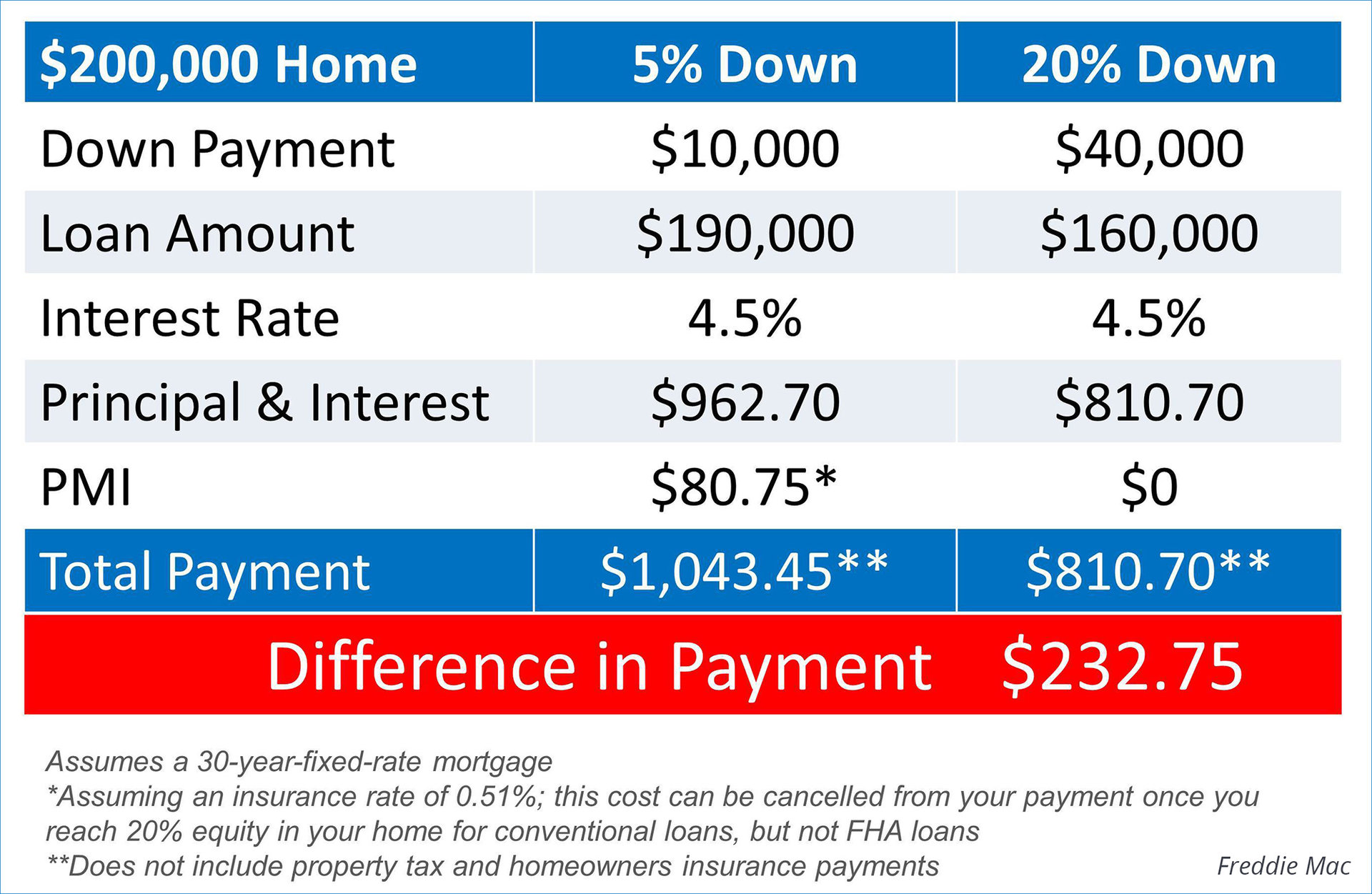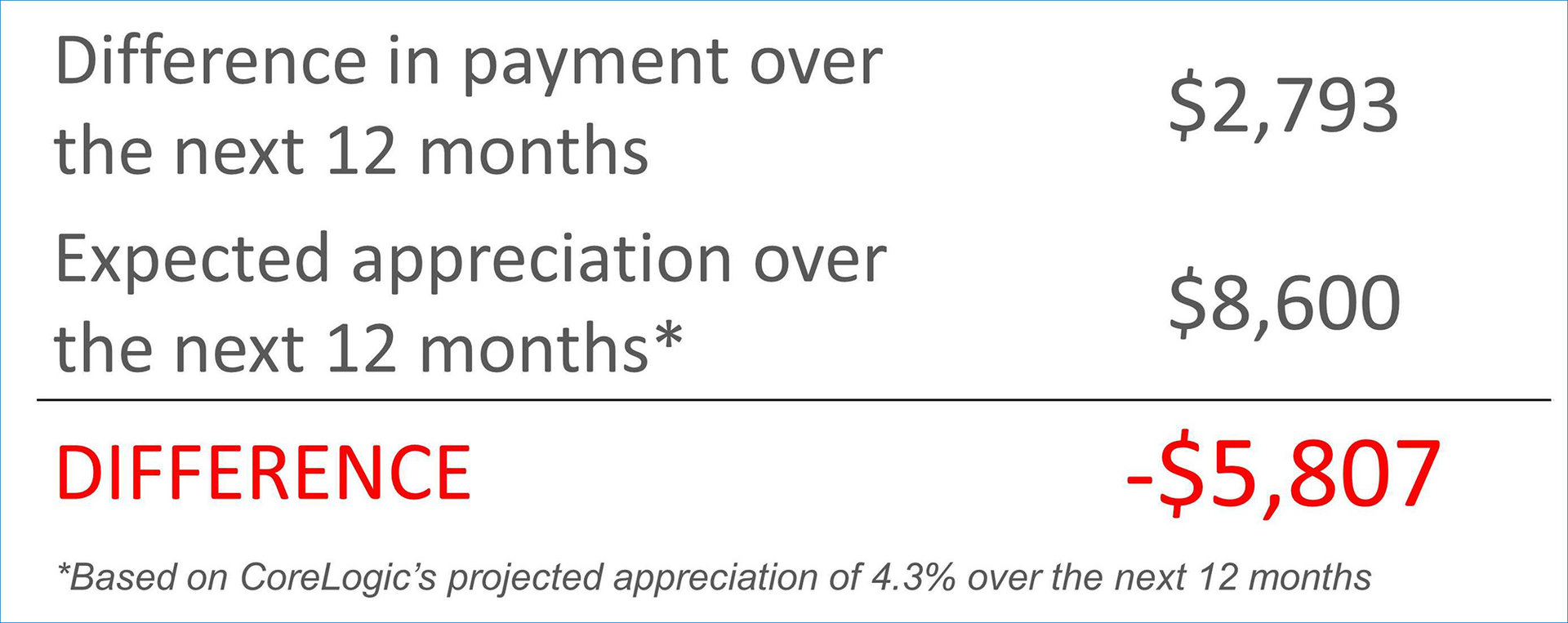Having three generations live together in a one-family home is not
uncommon these days, but this type of living situation isn’t without
challenges. Everyone has a different lifestyle and to keep the family
peace, experts suggest planning for this living arrangement.
“Family dynamics can add a whole new set of variables to the
equation,” says Craig Brimhall, vice president of Wealth Strategies at
Ameriprise Financial (
AMP). “In these types of circumstances, communication really is the key to relearning how to live with your relatives.”
Along with setting expectations, you’ll also need to figure out how
everyone will physically fit into your existing home and who will pay
for any needed renovations or moving costs.
Living in a multigenerational home requires compromise and
understanding from all parties. “You’ve got to talk about your
relationship if there are issues,” says Brimhall. “When someone’s going
to live with you, the money is important, but what’s more important is
if the relationship will survive or get worse. Money is just a piece of
life.”
Before everyone moves in, experts have suggestions for what to consider to make this transition as seamless as possible.
Communication
“If you sit down and get everything out in the open, it goes a lot
better than if you ignore issues and aren’t straightforward about the
new living situation and how everyone will interact together,” says
Danny Lipford, home improvement expert and host of "Today's Homeowner
with Danny Lipford."
Discuss rules and expectations upfront and be as transparent as you
can to avoid any misunderstandings. “These are ongoing conversations,
but many times, these have to do about independence,” says John Diehl,
senior vice president of Strategic Markets at Hartford Funds. Try to
understand what everyone needs as much as possible, which may range from
individual pantry spaces or an area to entertain friends.
Setting boundaries is important too.
“Part of it may be having frank conversations about rearing children
or activities, making sure everyone is on the same page about an area to
be discussed and what should be approached with caution,” says Diehl.
“You’re taking people who haven’t lived together for many years and
combining them back in [under one roof] — their routines and interests
are different.”
Finances
Having more people under one roof adds to monthly household expenses
and may require expensive renovations so everyone can fit into the home.
Who pays for this can become a source of contention between family
members.
“It’s a reasonable conversation to have within the family about Mom
and Dad contributing to modifications to your home,” says Diehl. “[Mom
and Dad] may have an existing home that they may not need any longer,
but the question of how much should be used to modify that living space
is legitimate because, unless that child wasn’t taking their parents in,
they wouldn’t make these modifications.”
Also consider everyone’s long-term plans. Expensive renovations for a
Millennial who plans to live with you temporarily may not make economic
sense, experts say, but this may change the longer they live with you
and if they have children.
An elderly parent, however, who plans to stay with you for anywhere
from a few years to several decades may need special accommodations from
the start. If you have to borrow money to make these renovations for a
parent who’s unable to live independently, Brimhall suggests diverting
funds that would have been used to pay for assisted living towards a
loan instead. “It’s very reasonable to ask parents to pay for this if
they have the extra income to pay for it,” he says.
Experts suggest having this discussion with all siblings to avoid any
inheritance issues in the future, but if Mom and Dad have assets, then
they are the ones who make the ultimate decision. “The parents will have
a controlling say and should come to the table with an understanding
that it’s a significant change for the child they’re living with,” says
Diehl. Ignoring these financial issues will create other problems later
on.
“To expect the same child to provide the caregiving and perhaps step
away from their job to do that and have their parents be with them 24-7,
to put them further into debt to upgrade their house is asking a lot,”
says Diehl. “It has to be a family conversation to the extent it can
be.”
Home Layout
Trendy open floor plans aren’t always best for a multigenerational
home. “Coming back into a family home with an open floor plan, you’re
forced to do everything together because of the space and design of the
home,” says Lipford, “and it’s more successful if people have at least a
place where they can retreat.”
Certain rooms are always shared though, such as kitchens and utility
rooms, but setting up bedrooms to be more of a suite will help someone
maintain their independence. Add an area where they can have meals in
private if they choose, along with an entertainment space.
“For the sanity of everyone and the longevity of the situation, it’s
always better to have that bit of separation,” says Lipford. “Certainly
you have that shared space, but it’s having that option to have your own
sitting area.”
Adding doors can help provide a private space within the home too,
and a separate entrance helps your new housemates maintain their social
life and privacy.
Lipford advises making modifications for safety if necessary, like
adding grab bars, walk-in showers, tubs with seats, anti-skid surfaces,
faucets with levers and lever doorknobs. Consider separate heating and
cooling controls, as well as redesigning the kitchen so everyone can
access countertops and microwaves.
Move or renovate?
Since bringing new people into your family home is disruptive enough,
start with the cost to retrofit your home. “Then you can have a larger
conversation about whether that’s the right thing to do or if you should
search for another larger home in a different location that can
accommodate your needs,” says Diehl.
If renovation costs are high and you’re short on time, a good option
may be to rent a home with a layout that’s better suited for
multigenerational use.

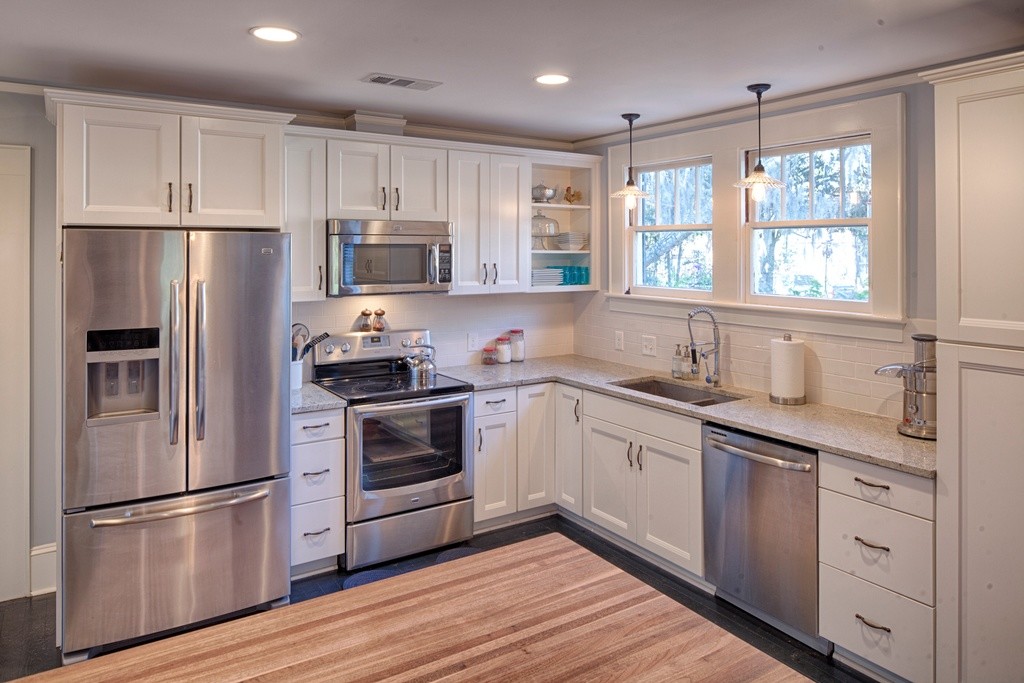
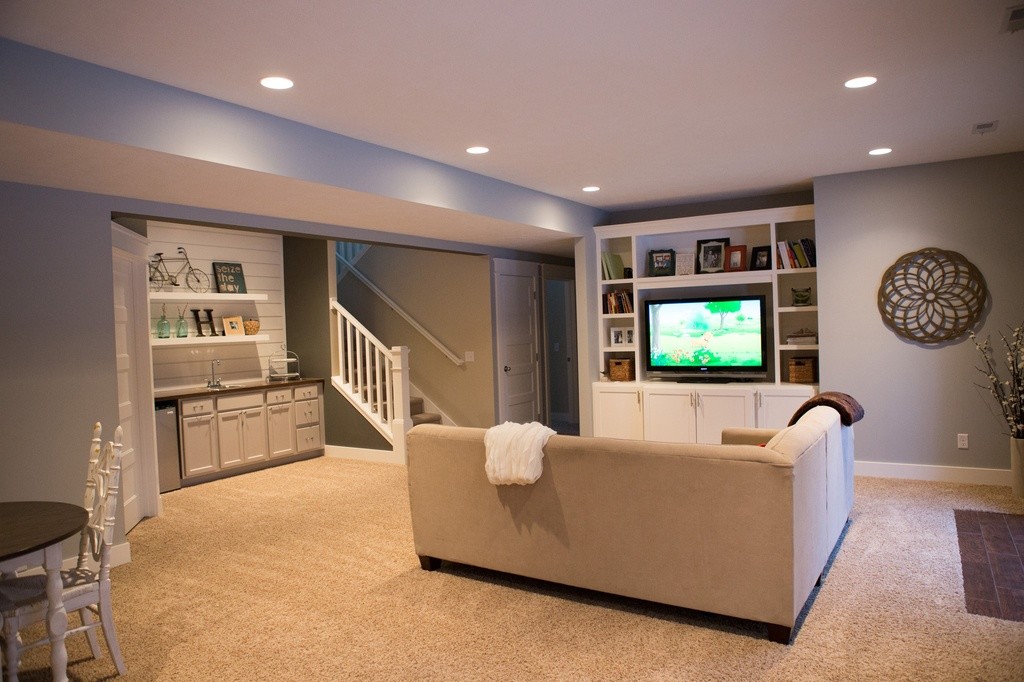




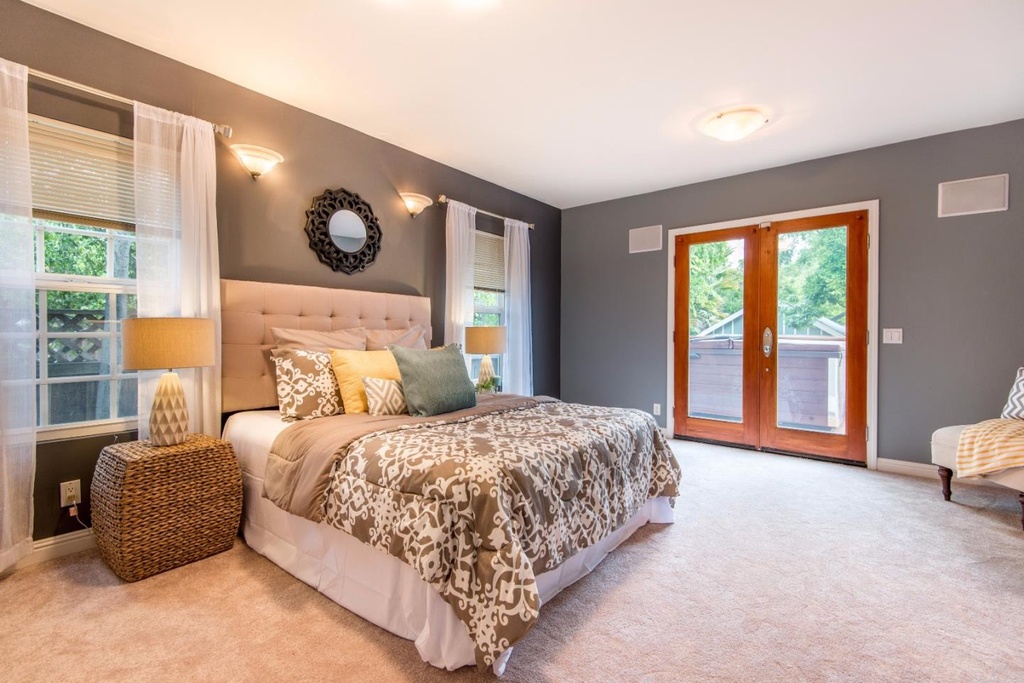
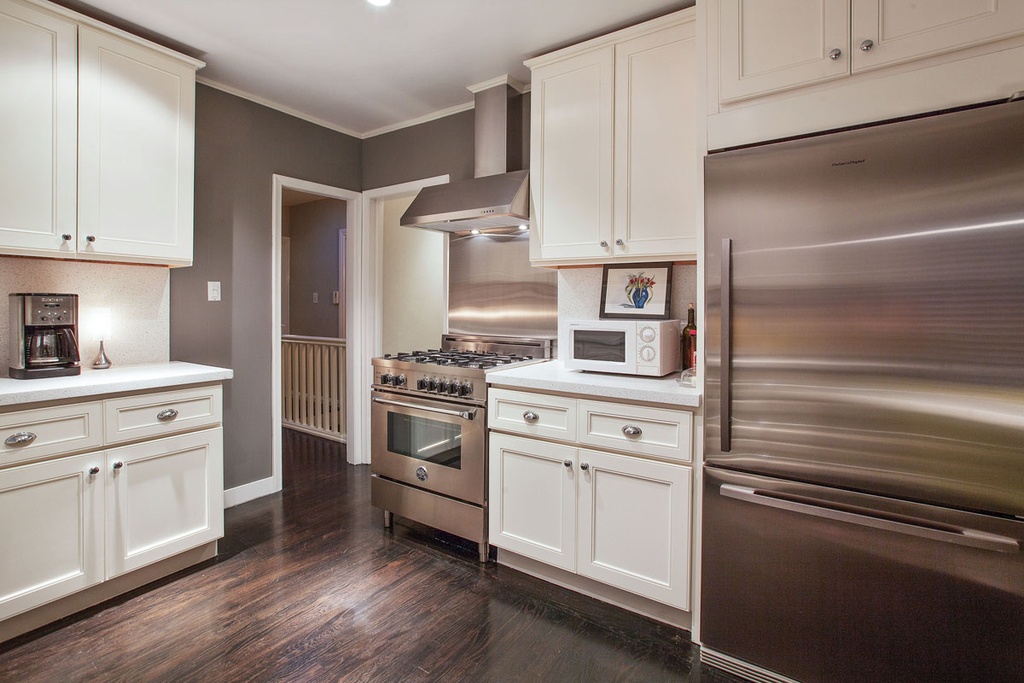
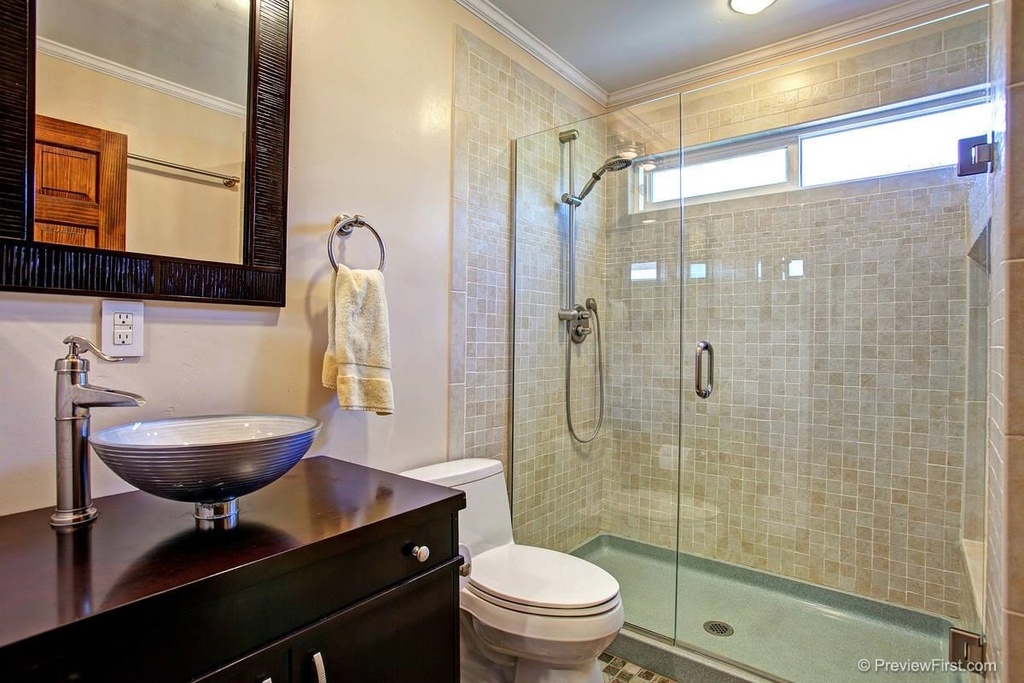

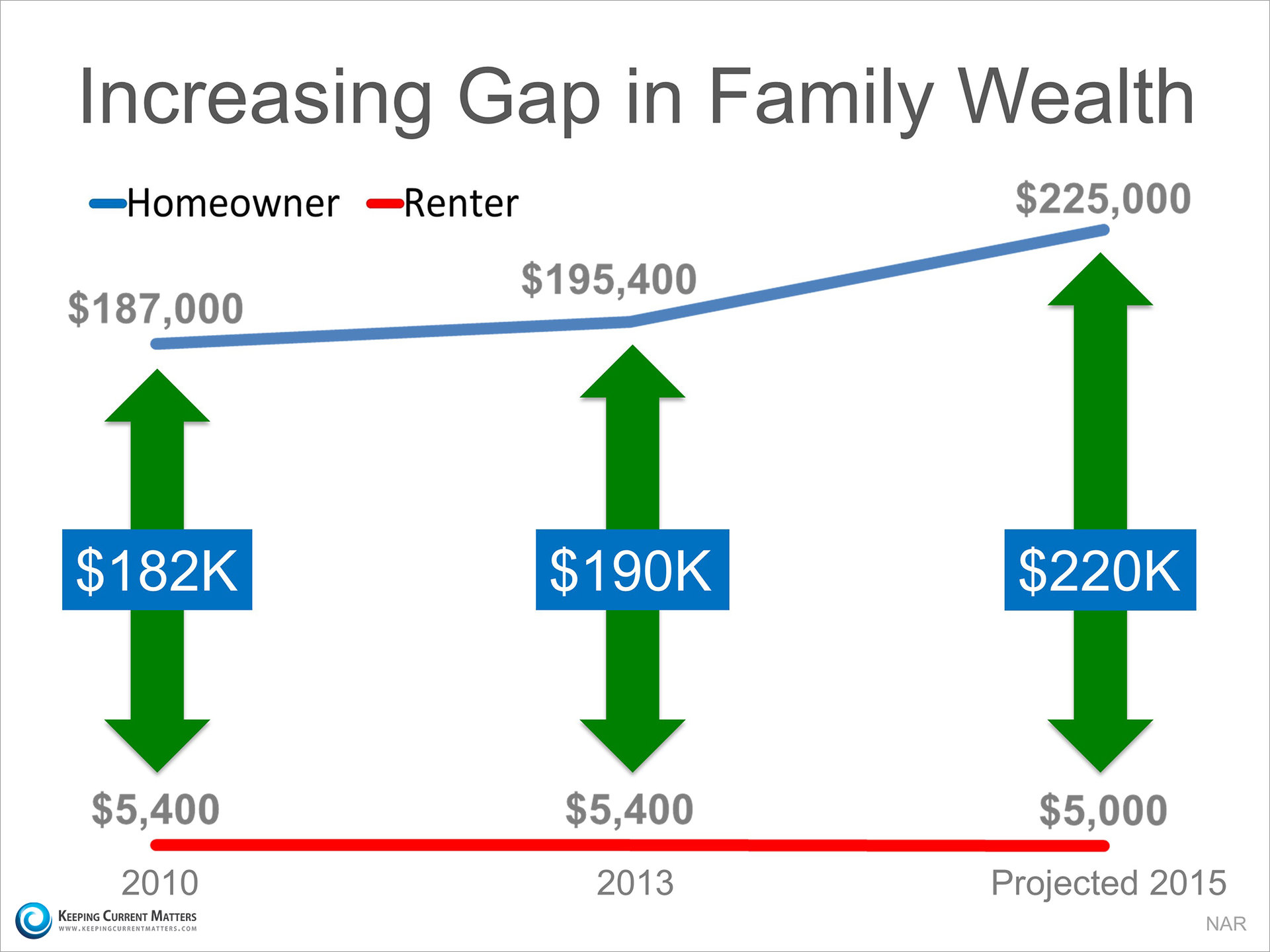
 Why So Many People Ask This Question
Why So Many People Ask This Question














